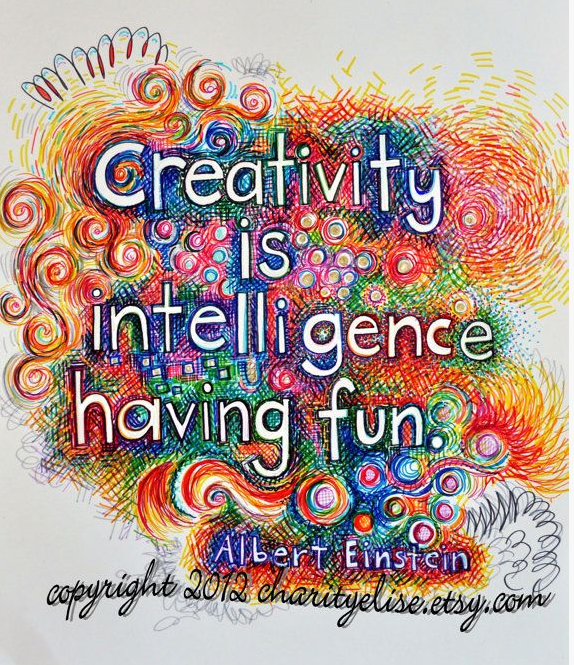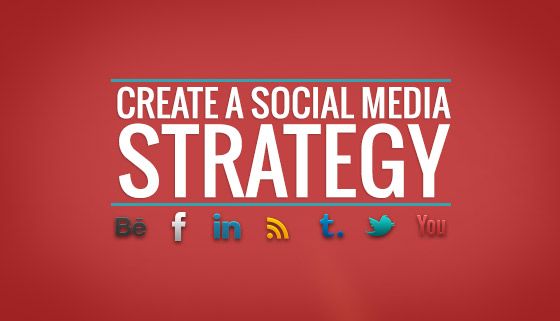The thrilling part about being in an internal or external agency environment is the blank slate. While uncreatives find this part of our jobs intimidating, creatives find this part of the job invigorating and liberating because at this stage in the process, anything goes. We aren’t bogged down by the hierarchy of approval processes. Instead, we can explore the freedom to produce compelling work without restrictions during the exploratory phase.

To make creative concepting work effectively, creative teams should not be working in silos. Instead, they should be working in collaboration with one another and in open dialogue. Rather than competing with one another (which seems to be the case with a lot of creatives, we should embrace each others creativity and build off one another.) It’s imperative that to have the most fruitful concepts manifest for a campaign, everyone should be sharing their thoughts and adding to each other’s work. One of the most powerful kinds of working relationships is a great designer who also knows how to write and work with a writer, and in turn, a great writer, who also knows how to work with a designer and visualize art with copy.
One of the dangers of concepting work is not having a well thought-out strategy before diving into conceptual work. That’s why you need copywriters on board in the very beginning of a campaign to steer the project into a specific direction, or in multiple, strategic directions. Remember: Design without copy doesn’t speak for itself and vice versa: copy without design falls flat.
That means while design is taking shape, so is the messaging. The copywriter, designer, and art director should be best friends, working in tandem to make the concepts come to life through storyboards, brainstorming sessions, market research and other avenues. They should be able to speak to every last detail of the ad: the color palette, the type treatment, the headline, the subhead, the image, the product placement, the logo, and the call to action ⎯ all of these elements should be working synergistically to create a masterpiece ad concept. Both the designer and the writer should be able to speak to why the concept works for the campaign and present it with confidence to their creative director, and in turn, the creative director should be able to present a flawless concept to the client who will be impressed by a unique, well-thought out concept for their brand.
How does your agency or internal creative department work together to achieve success?



